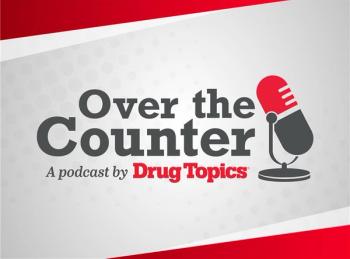
|Slideshows|September 14, 2018
- Drug Topics November 2018
- Volume 163
- Issue 11
7 Ways to Remember Drug Info More Easily
Author(s)Frieda Wiley, PharmD
Memorizing reams of drug names and information is tough, but this pharmacist has some tricks to help you out.
Advertisement
Articles in this issue
about 7 years ago
Opinion: Pharmacists Are More Than Just Drug Expertsabout 7 years ago
Simple Communication Techniques Can Increase Patient Comprehensionabout 7 years ago
7 Tips for Becoming a Better Managerabout 7 years ago
Methods for Elderly Medication Managementabout 7 years ago
Prescription Counseling Equally Applicable to THC Productsabout 7 years ago
Small Doses: November Newsabout 7 years ago
Boost Pharmacy RevenueNewsletter
Pharmacy practice is always changing. Stay ahead of the curve with the Drug Topics newsletter and get the latest drug information, industry trends, and patient care tips.
Advertisement
Latest CME
Advertisement
Advertisement















































































































